5 Facts On Children’s Engagement in Project-Based Learning Programs
Teachers who use more traditional methods fail to prepare their students for the real world. While lectures and direct teaching might be effective ways to impart knowledge to students, they offer little to foster the development of transferable skills like collaboration, problem thinking, and intellectual curiosity that are in high demand by today’s employers.
They will only comprehend if you offer the pupils the answers. Any child can learn knowledge by heart, but can they put it to practical use in the real world? Parents and educators sometimes underestimate the effect project-based learning programs could have on a child’s overall development in school. By preparing kids for the actual world and the difficulties it presents, this unconventional educational approach encourages a more hands-on approach to learning.
Before we dig deeper into the facts on children’s engagement in project-based learning activities, let’s comprehend what precisely it includes. But before we get into that, we need to understand project-based learning.
What is Project-Based Learning?
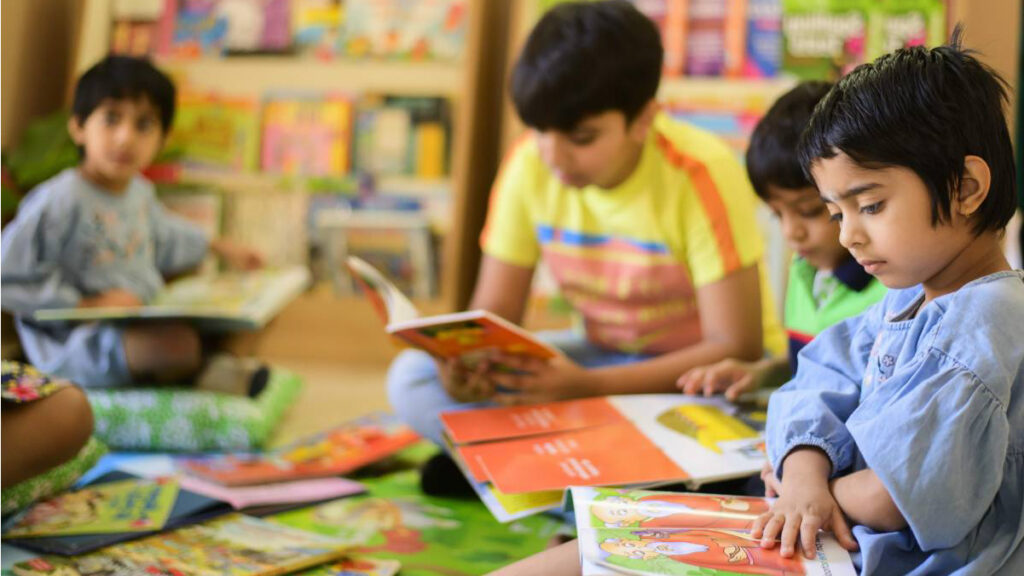 There’s a saying by Mahatma Gandhi, “Live as if you were to die tomorrow. Learn as if you were to live forever.” In project-based learning programs, students gain knowledge by delving into and interacting with challenging situations from the real world. They showcase what they’ve learned to the world through a presentation, a product, or even a model.
There’s a saying by Mahatma Gandhi, “Live as if you were to die tomorrow. Learn as if you were to live forever.” In project-based learning programs, students gain knowledge by delving into and interacting with challenging situations from the real world. They showcase what they’ve learned to the world through a presentation, a product, or even a model.
The students have a week, or possibly longer, to complete their project. They collaborate to develop solutions to complex problems that exceed the scope of their course content. Their communication, critical thinking, collaborative, and creative abilities are improved due to the process.
Premier and top project-based learning providers in Bangalore, such as Tapas School, typically use this kind of PBL approach since it emphasizes real-world learning and academics. On top of that, Tapas is Bangalore’s first 100% project-based learning school! Thus, this makes Tapas a considerable school selection option for your child, as it was the first one in the city to implement this teaching strategy.
The Tapas School has an outstanding education and child development strategy using cutting-edge methodologies from all across the globe. Additionally, it emphasizes each student’s emotional, social, academic, and physical well-being.
Thorough Children’s Engagement in PBL,
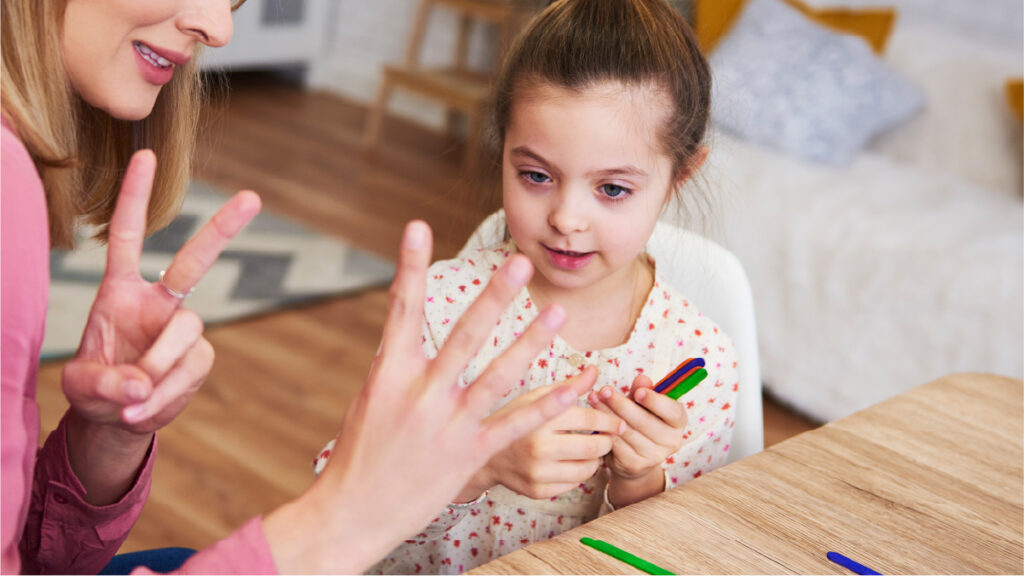 Students are given more responsibility for their education and encouraged to take on more complex challenges because of these projects’ practical and real-world relevance. This fosters an atmosphere in the classroom where students predominantly report feeling engaged.
Students are given more responsibility for their education and encouraged to take on more complex challenges because of these projects’ practical and real-world relevance. This fosters an atmosphere in the classroom where students predominantly report feeling engaged.
PBL enables students to exercise a degree of independence and initiative that is impossible with traditional lesson planning. Teachers can guarantee a greater degree of participation than would otherwise be the case by letting students pursue their interests or include them in the project in some manner. One strategy, as one of the leading project-based learning providers in Bangalore, is to encourage engagement and enthusiasm for learning to expand the range of projects to incorporate children’s interests.
Fact 1: PBL Is Student-Centred
With project-based learning, the instructor can loosen their control. This is useful when the teacher is not available to help each student individually. Most teachers today spend less time with students synchronously or in person, and project-based learning programs can help make this an advantage instead of a blockade.
Fact 2: Creates a Culture of Student Inquiry
A culture of inquiry is established at Tapas School on the belief that students can feel comfortable asking questions and being appreciated for their efforts to uncover answers. Project-based learning programs can give students a sense of ownership in the class through their participation in it. It can support the interests and passions of our Tapas School students.
Fact 3: Deep Understanding and Meaningful Learning
Through developing problem-solving solid abilities and self-confidence, essential in a constant inquiry process, children’s engagement in PBL helps them grow comfortable handling obstacles. Because kids are attempting to resolve critical real-world problems, there are possibilities for in-depth learning and thorough knowledge of various subjects. This prolonged learning is made possible by these opportunities.
Fact 4: Children’s Engagement in Remote- And Hybrid-Learning Environments
Involving students in resolving a genuine problem in which they have a real interest and concern is sure to engage and motivate them. PBL enables students to create, connect with others, and take part in a solution to an issue that affects people other than themselves at a time when so many students lack a sense of belonging to others and their society.
Fact 5: Increase in Voice and Choice
In addition to boosting creativity and increasing student weariness and the notion that school is tedious, student engagement will significantly increase their voice and choice. Making connections with individuals who live or work in places outside of school is simpler now than it has ever been. Learners can interact with experts in various fields via interviews, discussions, and virtual field excursions. Although non-tech choices should always be open to students, there is now greater access than ever to technology that can be used to collaborate, do research, and produce extraordinary results.
Also read: How the progressive learning institution is changing the way we look at education?
Final Verdict
Reading this, you should be more enlightened on the learning strategy known as project-based learning and the realities of its implementation with children. At Tapas School, we strive to instill a love of learning in every student who enrolls.
Project-based learning is one way we can do this while also promoting the students’ individuality, enthusiasm, critical thinking, self-confidence, capacity, and creativity!
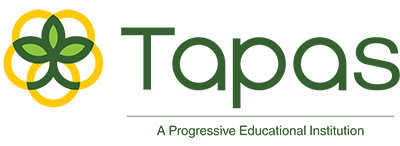
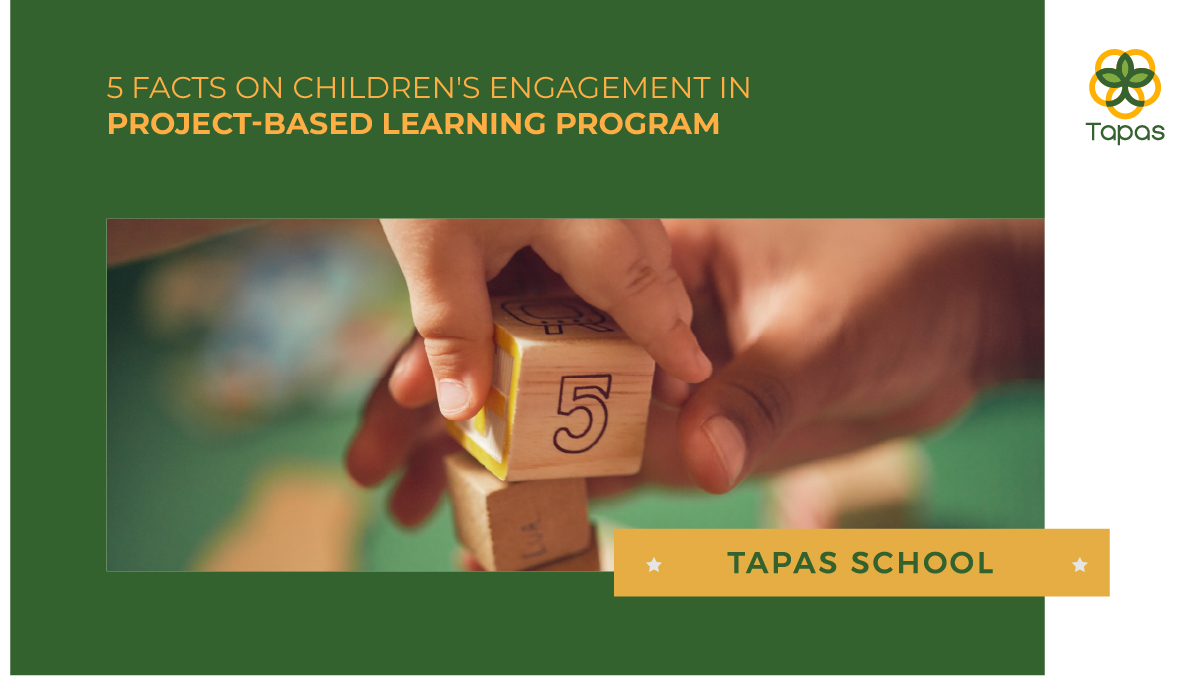

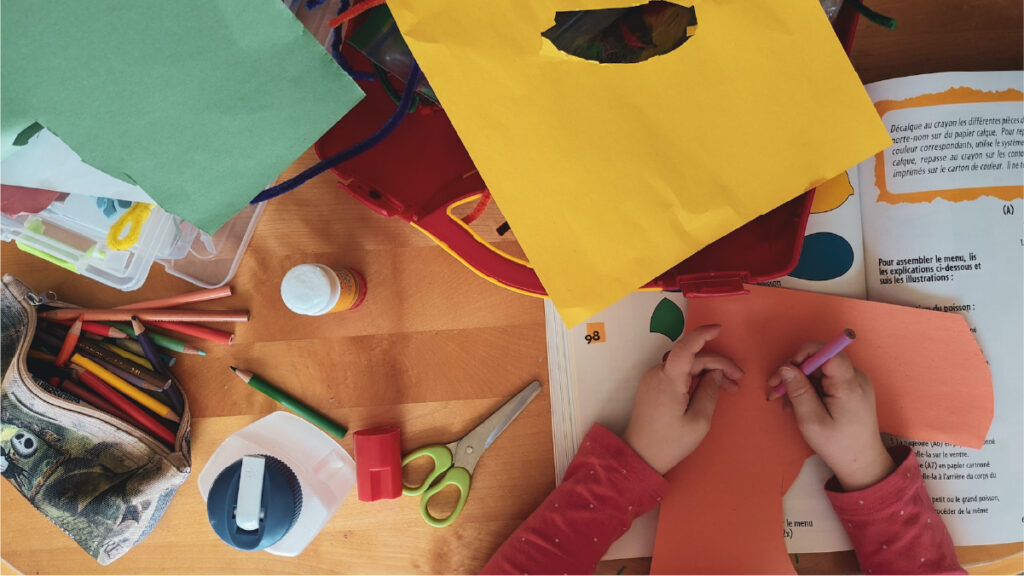
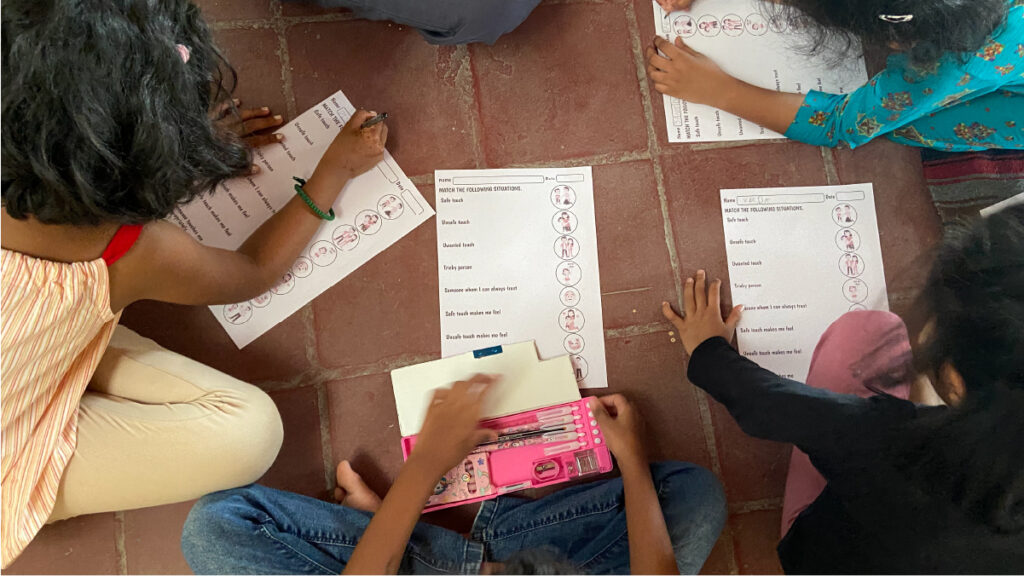

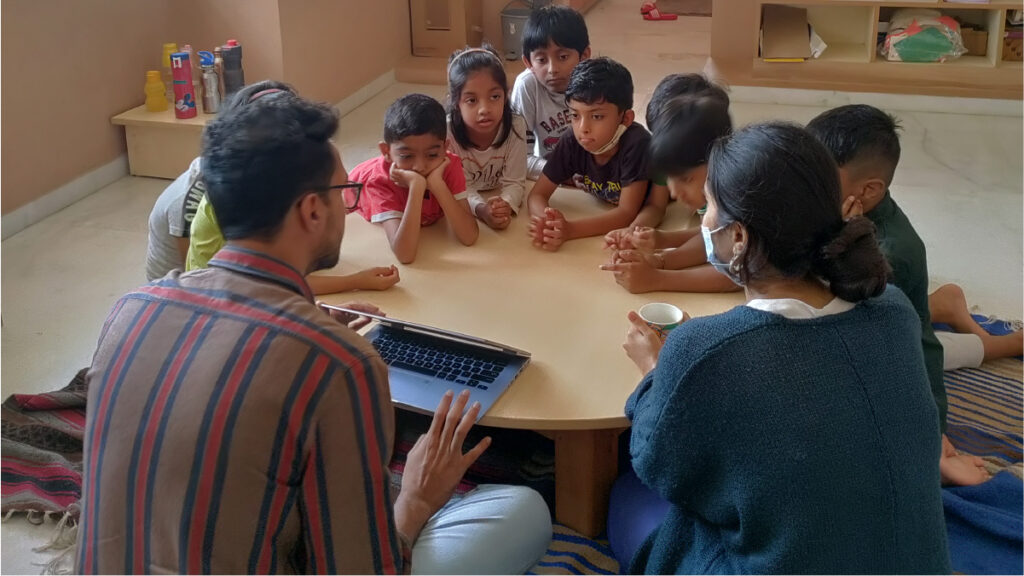
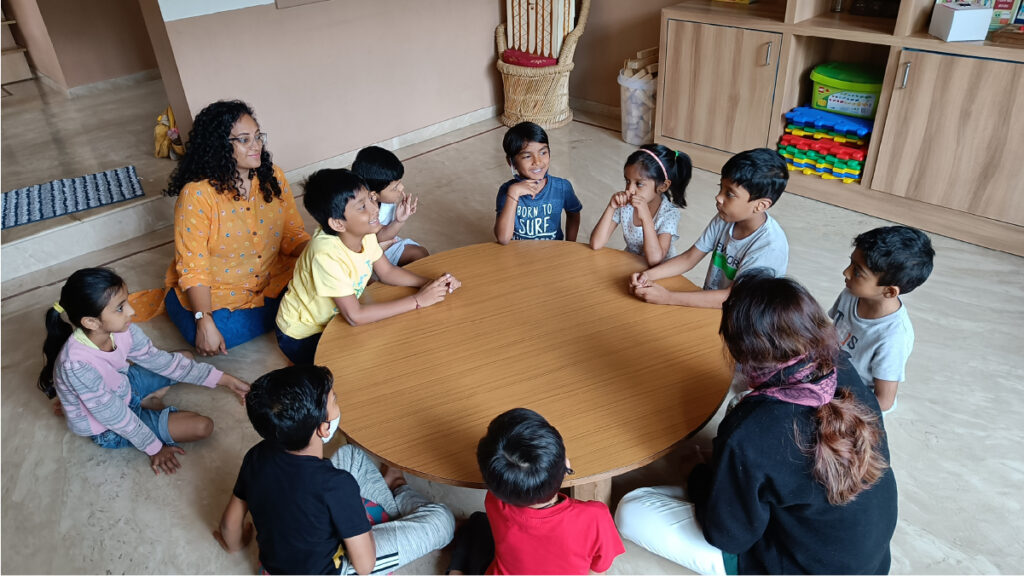




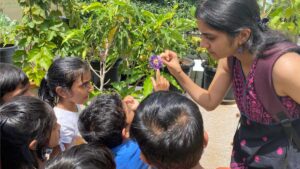
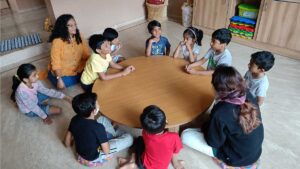

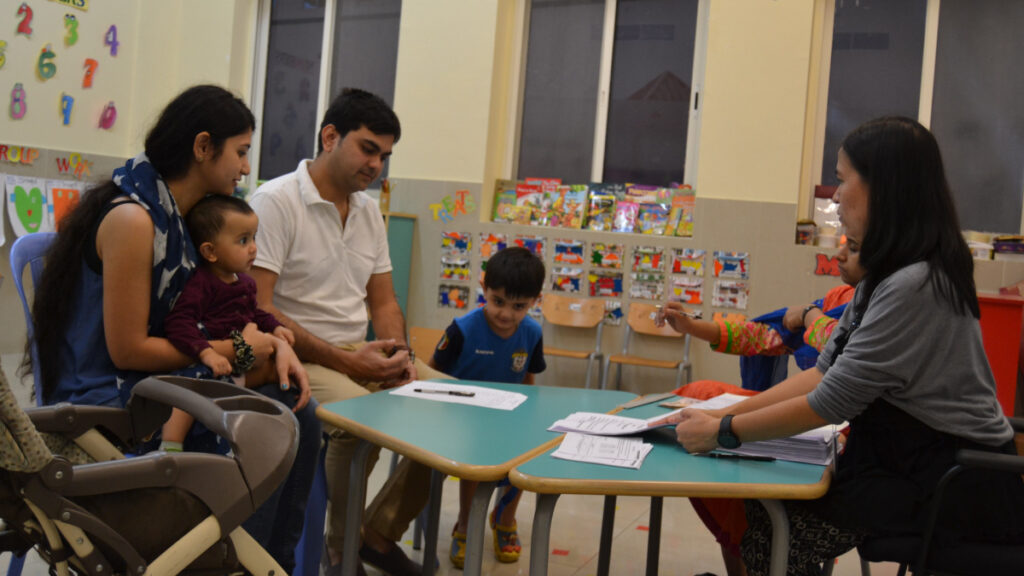
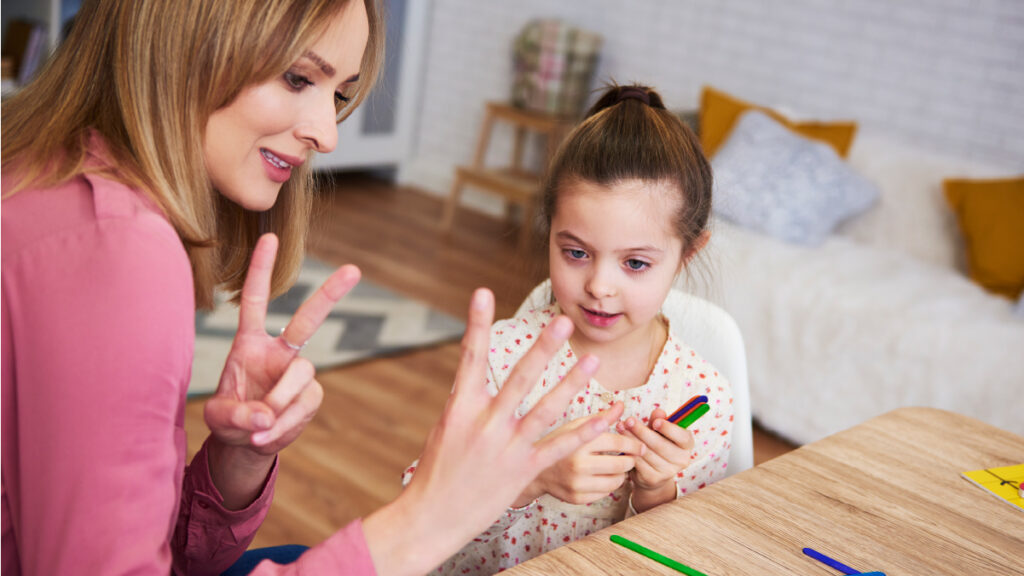
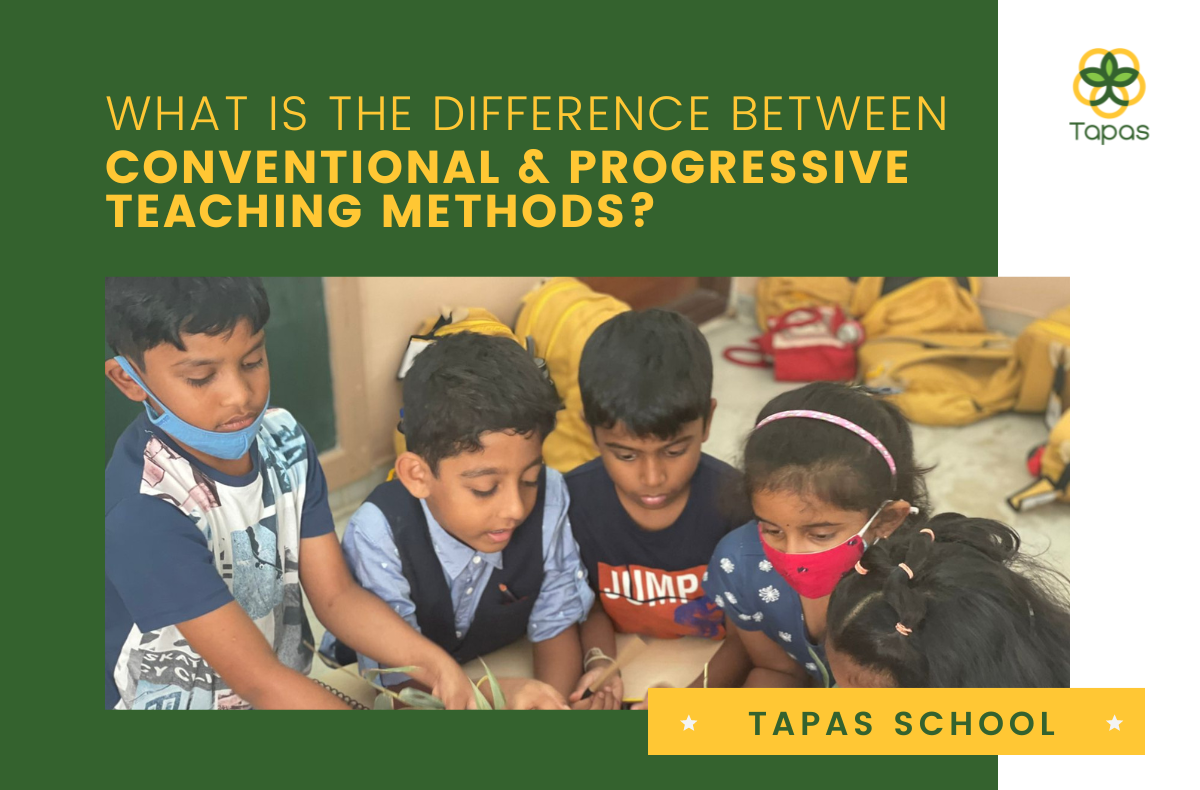
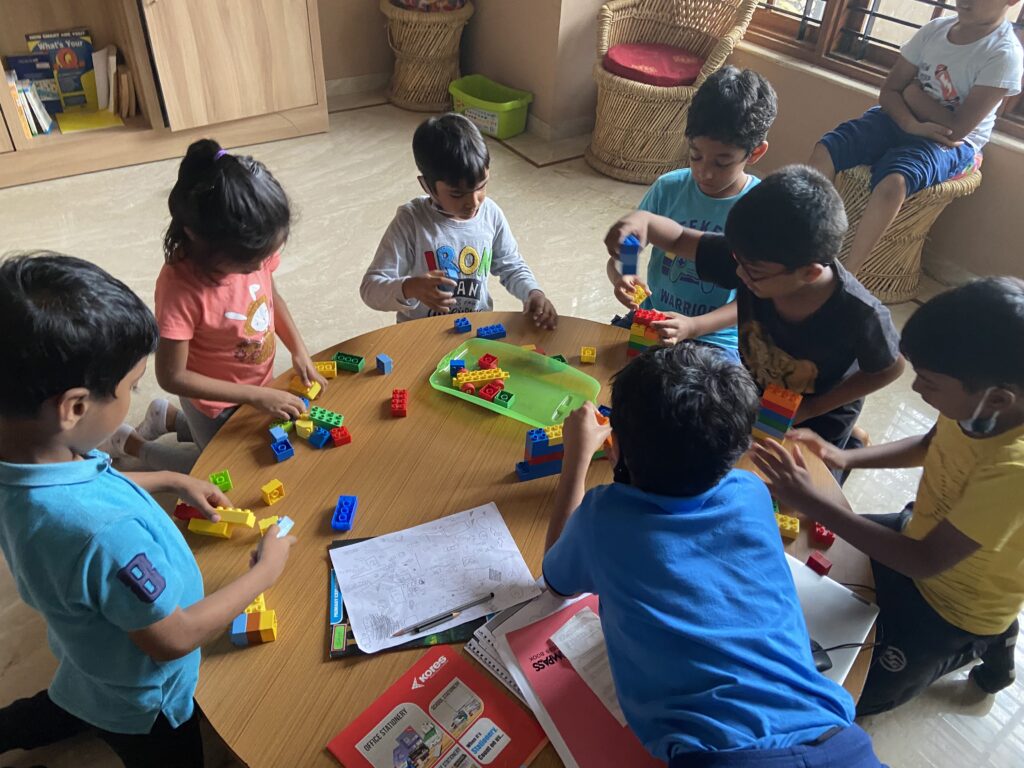

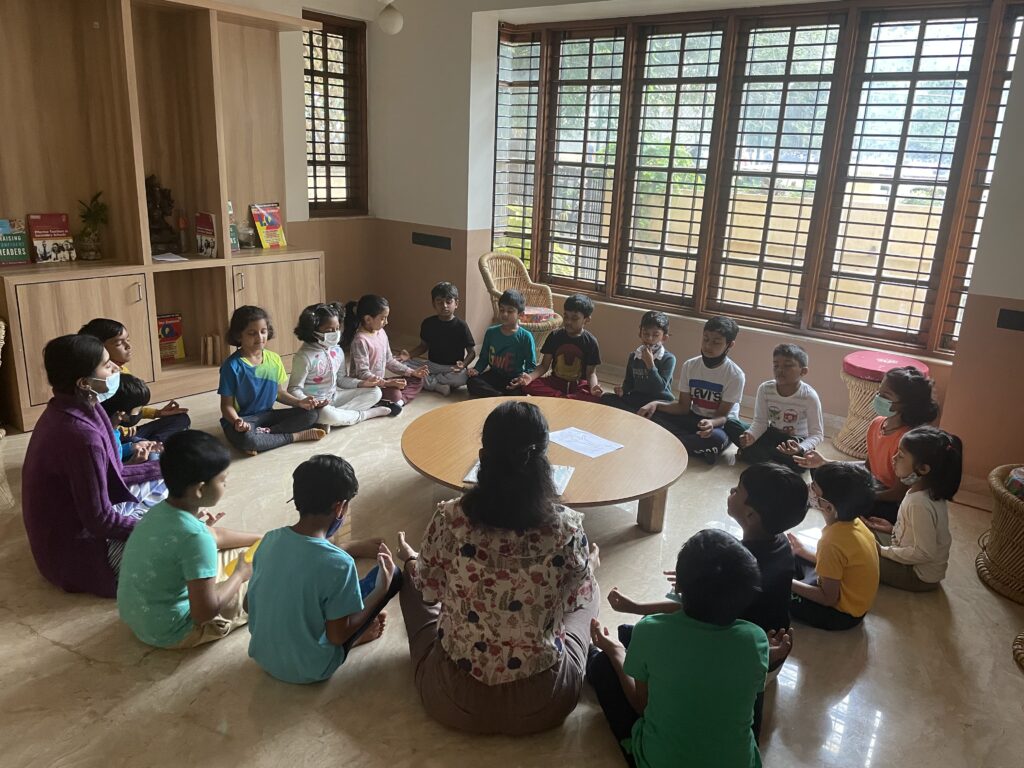 Traditional or Progressive, both methods have their pros and cons. How amazing would it be if a parent got the best of both worlds? This is where Tapas education, a
Traditional or Progressive, both methods have their pros and cons. How amazing would it be if a parent got the best of both worlds? This is where Tapas education, a 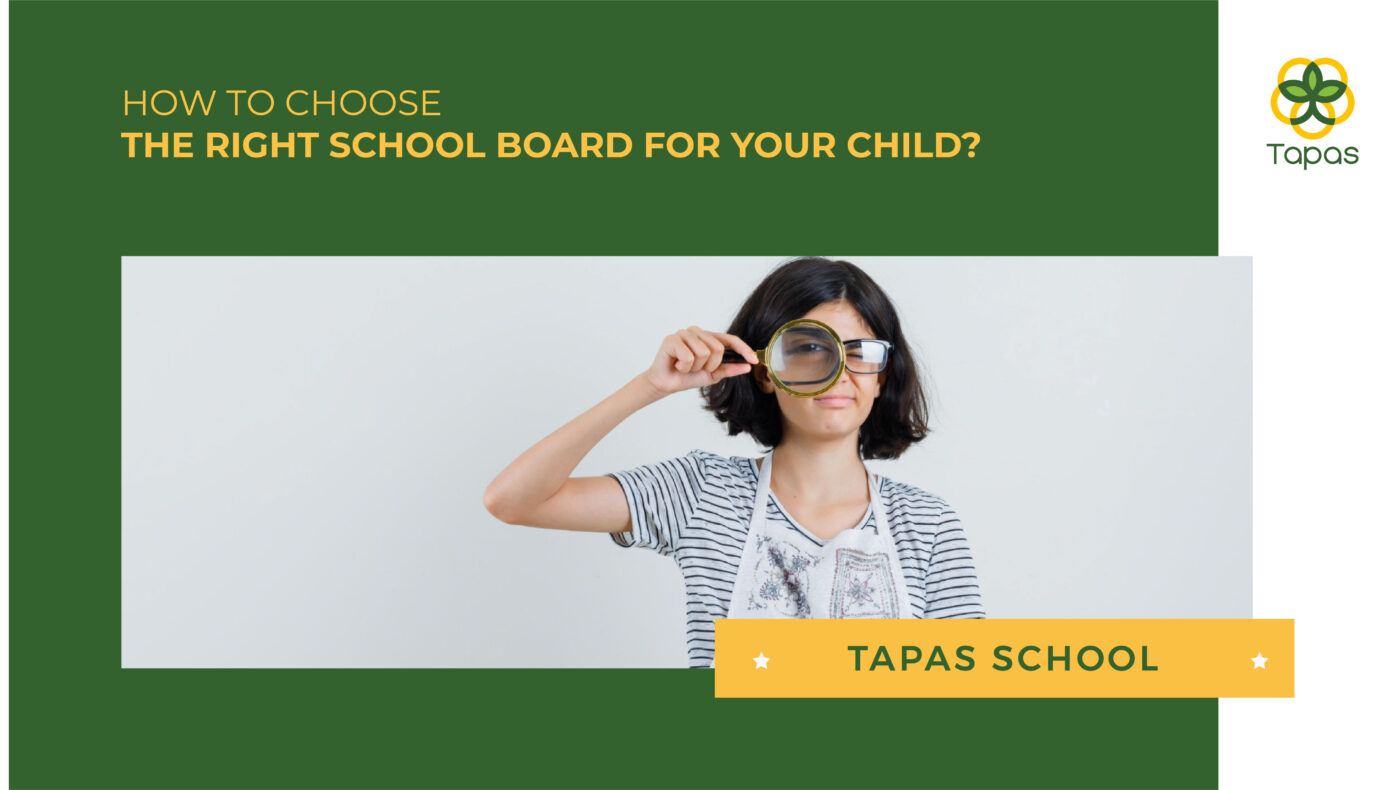
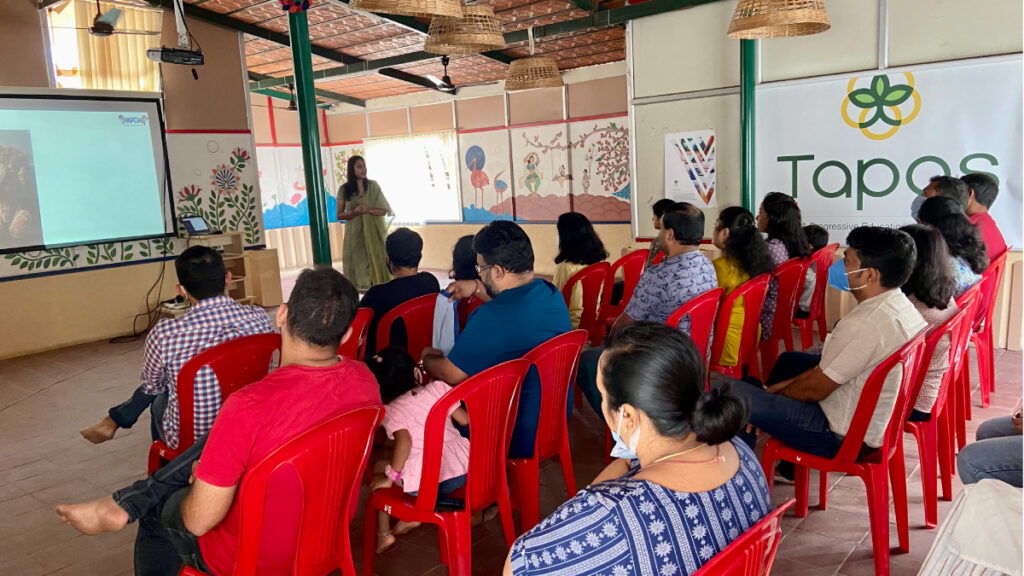 Primarily, there are a handful of boards in India, and they all maintain different methods of teaching, learning programs, syllabuses, requirements for the curriculum, criteria for assessments, processes for tests, etc. All of these are contributing factors to the development of the students in a prepared and thorough manner.
Primarily, there are a handful of boards in India, and they all maintain different methods of teaching, learning programs, syllabuses, requirements for the curriculum, criteria for assessments, processes for tests, etc. All of these are contributing factors to the development of the students in a prepared and thorough manner.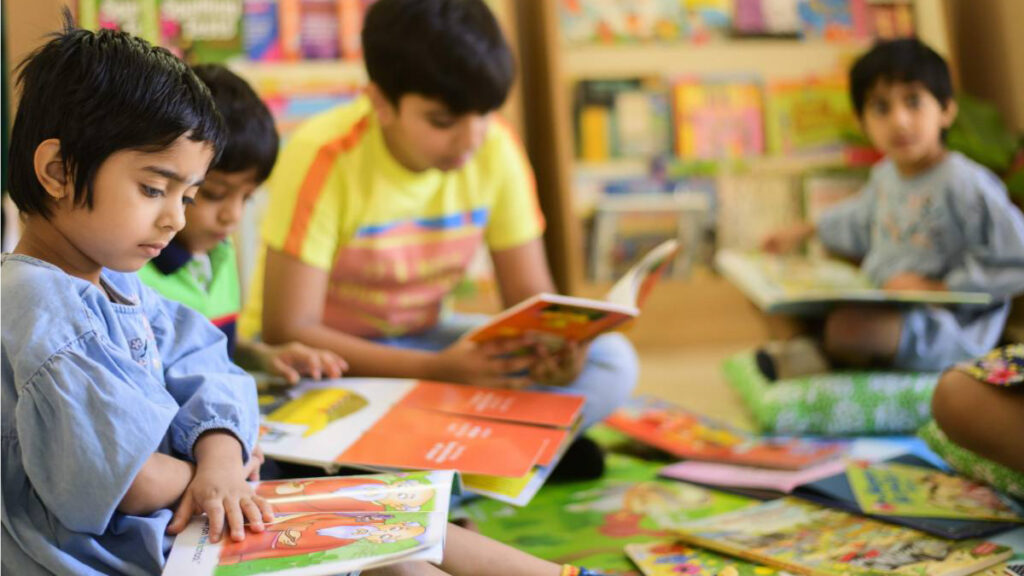 India has adapted to this board easier than others as it prepares the students for life. There are many IGCSE-affiliated schools in Bangalore, one of which is
India has adapted to this board easier than others as it prepares the students for life. There are many IGCSE-affiliated schools in Bangalore, one of which is 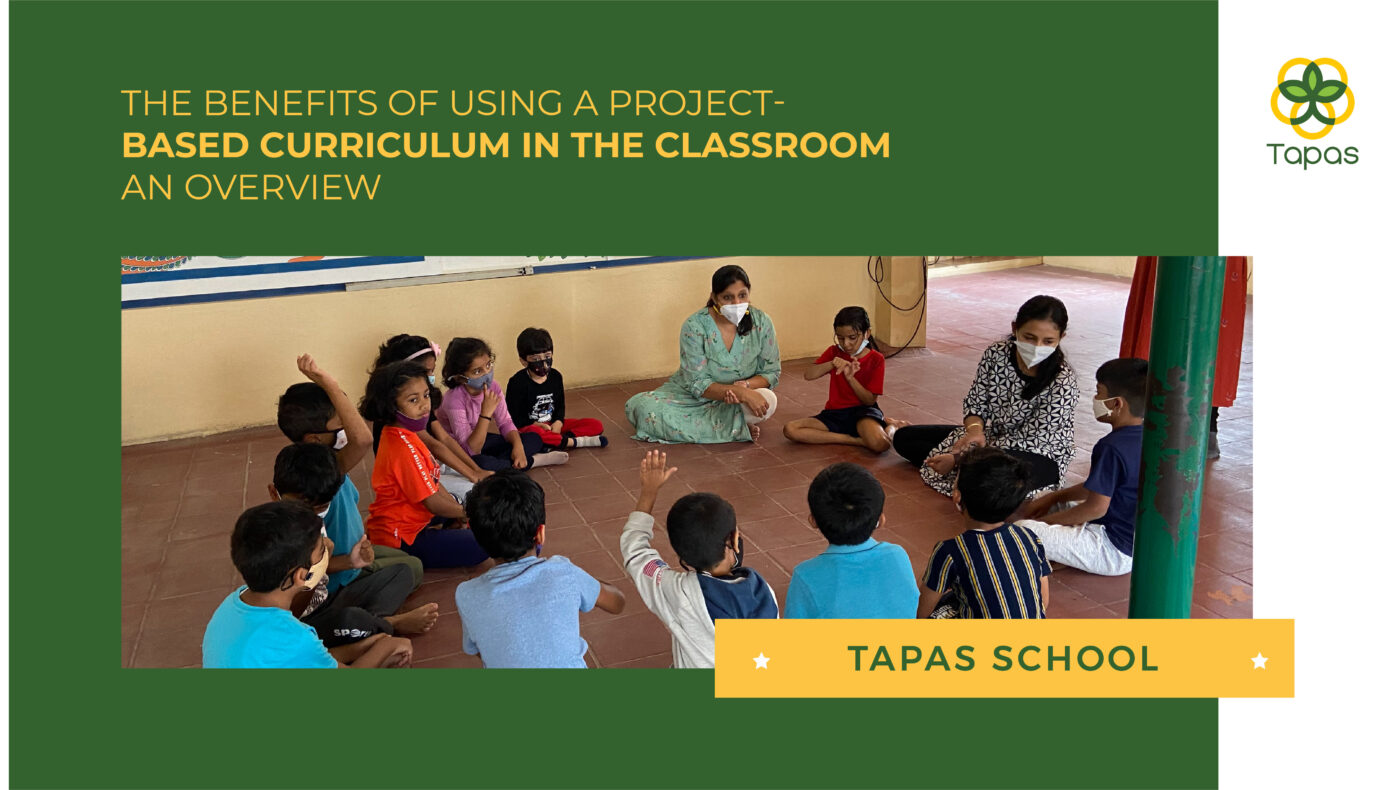
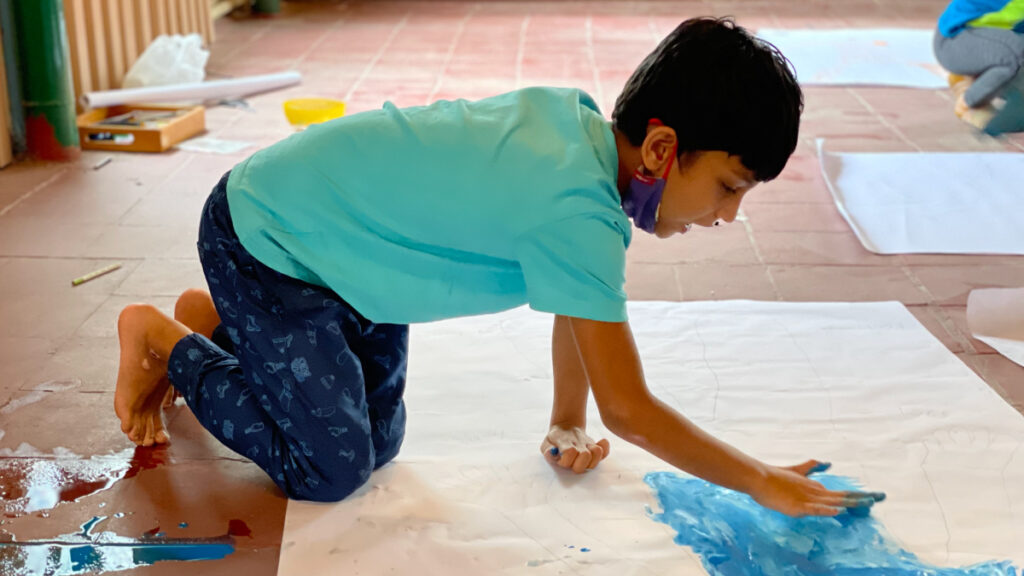
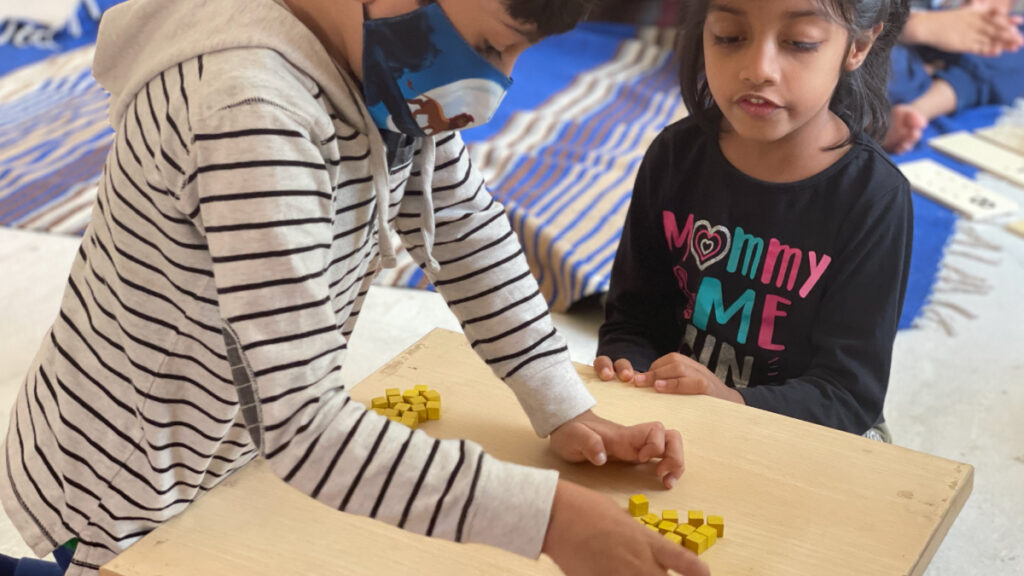
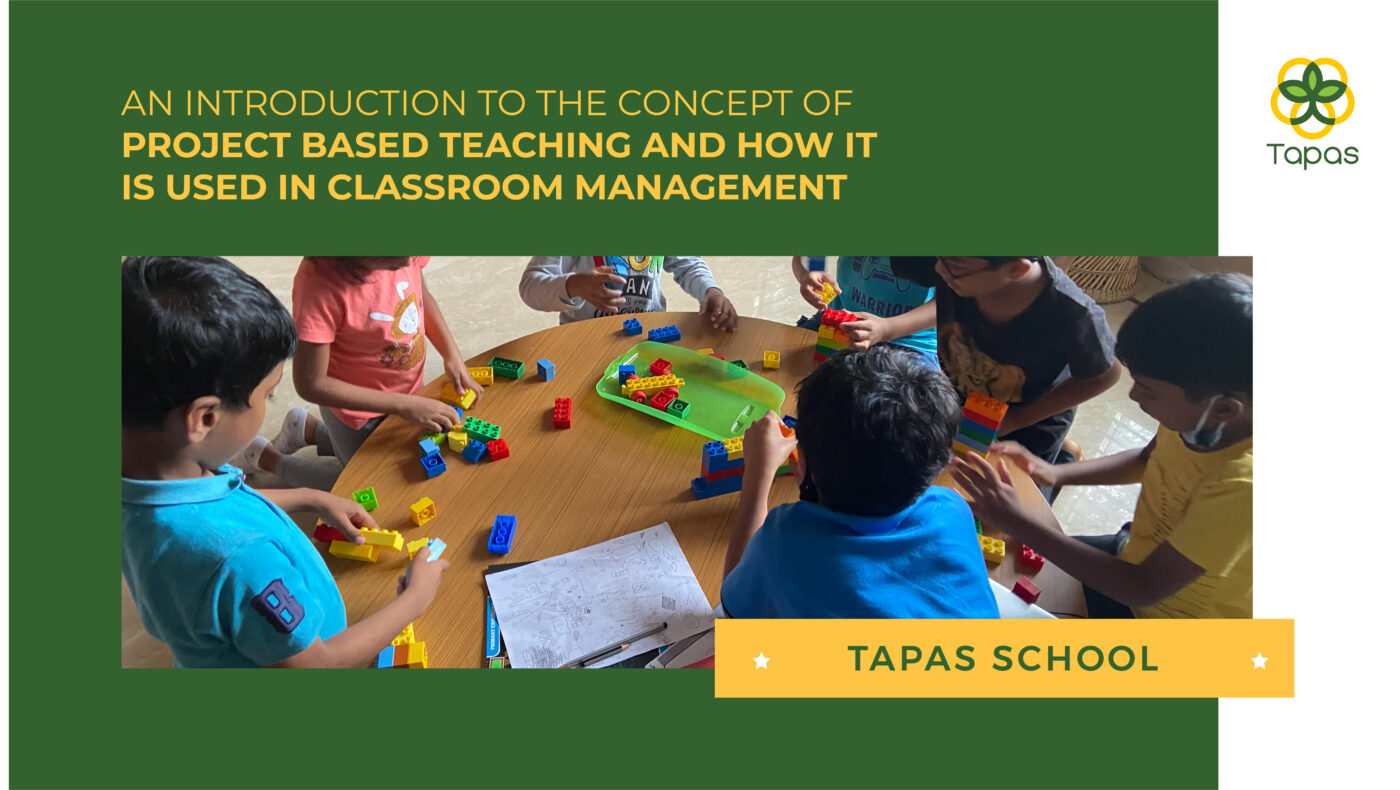
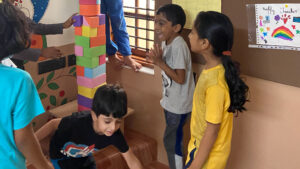 Each project is looked at minutely and in convergence with the student mix and their interests, behaviours and attention levels to bring about the maximum result. There are many different types of programs and curriculums that PBL follows. At the beginning of the semester, the educator sets the goals that they need to target, focus on and achieve cumulatively. Changes that concentrate on growth, however small they may be, but well-orchestrated are made and these bring about a flurry of change in the classroom in the correct manner.
Each project is looked at minutely and in convergence with the student mix and their interests, behaviours and attention levels to bring about the maximum result. There are many different types of programs and curriculums that PBL follows. At the beginning of the semester, the educator sets the goals that they need to target, focus on and achieve cumulatively. Changes that concentrate on growth, however small they may be, but well-orchestrated are made and these bring about a flurry of change in the classroom in the correct manner.